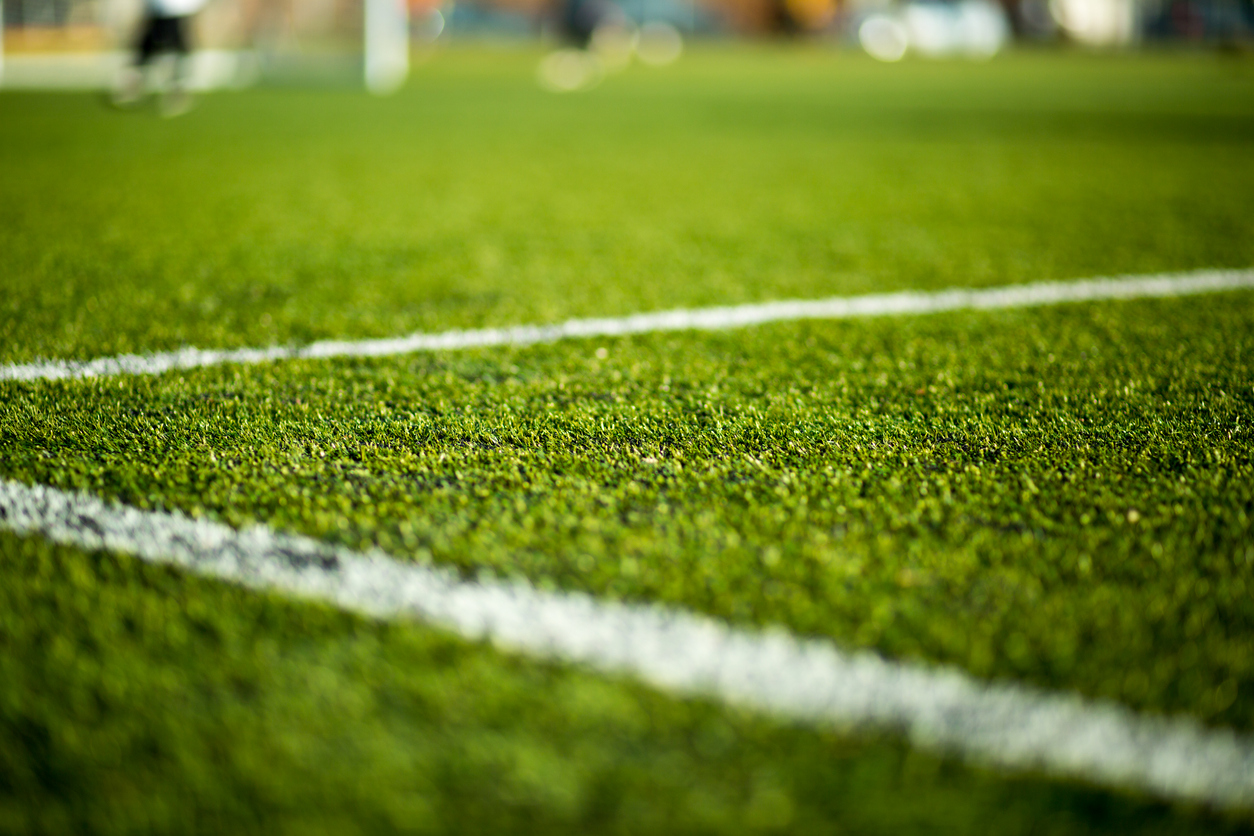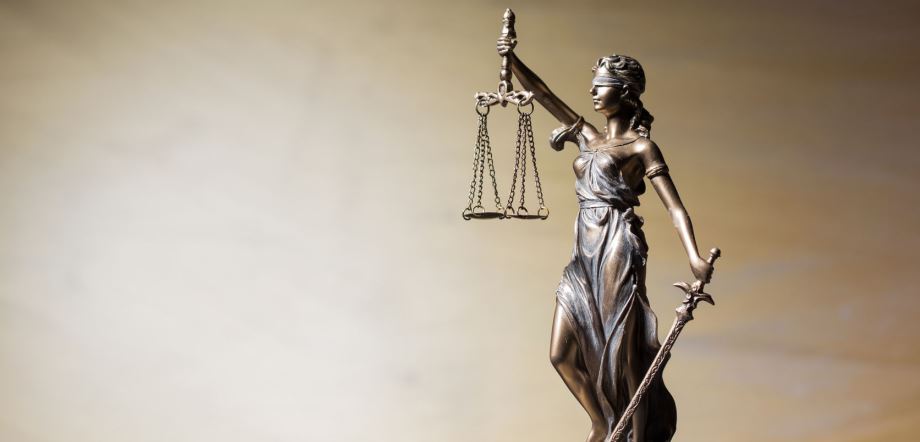Client Alerts
Achilles Injury of Miami Dolphins Player Continues Artificial Turf Safety Debate; National Center for Health Research Says Players May Be at Risk for Other Injuries
November 2023

Client Alerts
Achilles Injury of Miami Dolphins Player Continues Artificial Turf Safety Debate; National Center for Health Research Says Players May Be at Risk for Other Injuries
November 2023
The debate continues over the safety of artificial turf following another NFL player injury on Friday at MetLife Stadium. Miami Dolphins linebacker Jaelan Phillips is out for the season after tearing his Achilles on the same field where New York Jets quarterback Aaron Rodgers faced a similar season-halting injury back in September. Dolphins teammate Jevon Holland quickly spoke out and blamed the turf, conceding he does not “know the statistics,” but believes artificial turf is not as safe as grass (since turf lacks the flexibility or “natural give” of grass).
Although there has been no determination as to cause(s) of the Rodgers and Phillips injuries, the National Football League Players Association (NFLPA) has been vocal about the hazards of turf safety in light of player injuries in recent years. In September 2020, NFLPA president J.C. Tretter — then a center for the Cleveland Browns — urged all NFL teams to change their playing surfaces to natural grass. In April of this year, Tretter again called for the unanimous use of natural grass across the league, highlighting that injury rates on grass were lower over an eight-year period from 2012 to 2020. Although the NFL pointed to similar injury percentages between turf and natural grass in 2021, Tretter dismissed that year as an “outlier” and publicly criticized the NFL’s credibility for focusing on a single year of data. After the injury to Aaron Rodgers in September, the NFLPA reinstated its demand for grass fields across the board.
The Phillips injury will undoubtedly fuel the NFLPA’s push for a league-wide replacement of artificial turf surfaces. But with 14 stadiums among the NFL’s 30 existing stadiums still using artificial turf, it does not appear change will be quick (if it happens at all). Accordingly, the risk of further injuries – and the “turf blame game” – will continue. Our July article in Reuters discussed the possibility that litigation could be brought not just by NFL players, but athletes at the high school and college levels as well. With an estimated 15,000 or more artificial turf fields throughout the United States, we may see this debate enter the courtroom sooner than we think.
Other Injuries at Play?
Lower extremity injuries are not the only concern for those who play on artificial turf. According to data from the National Center for Health Research (NCHR), the risk of concussion may be disproportionately higher with artificial turf as compared to grass, and injury to the head itself may also be more severe. Artificial turf surfaces also get hotter than natural grass on a sunny day – 150 degrees or higher – putting players at risk of dehydration, heatstroke, and/or thermal burns. The NCHR also raised concerns about chemicals comprising the turf infill, which can break down to particulate matter and get into the lungs. Two letters written last month by the NCHR president to officials in various New Jersey and New York counties on a related subject claimed possible issues with not only the infill, but the blades used in the turf: “the plastic grass itself has dangerous levels of PFAS and other toxic chemicals as well.”
We have yet to see a personal injury complaint filed by an athlete pointing the finger at artificial turf. That will happen only if plaintiff lawyers can identify a credible expert (and reliable medical literature) supporting the notion that artificial turf is appreciably less safe than natural grass. Plaintiffs will then need to prove that either the warnings and/or the design of the turf caused the injury in order to prevail in a products liability suit against a manufacturer of turf or its component parts. If a plaintiff chooses to file against a high school, college, and/or the NFL, he/she will need to demonstrate that these entities knew (or should have known) of the related hazards and, in some cases involving public schools, overcome a sovereign immunity hurdle.
While we believe non-contact lower extremity injuries will be the primary focus of plaintiff athletes and their lawyers — at least initially — given the above findings of the NCHR, we may see allegations directed at artificial turf’s chemical makeup, heat propensity, and/or hardness. Depending on each athlete’s specific injury, and whether he/she can find an expert who will tag turf as the culprit, this litigation could take off in a few different directions.
We will continue to monitor both the science surrounding this ongoing discussion and any related litigation.
ADDITIONAL INFORMATION
For more information, please contact:
- Jennifer L. Steinmetz | 216.696.3499 | jennifer.steinmetz@tuckerellis.com
- Lucy R. Zelina | 216.696.5190 | lucy.zelina@tuckerellis.com
This Client Alert has been prepared by Tucker Ellis LLP for the use of our clients. Although prepared by professionals, it should not be used as a substitute for legal counseling in specific situations. Readers should not act upon the information contained herein without professional guidance.

